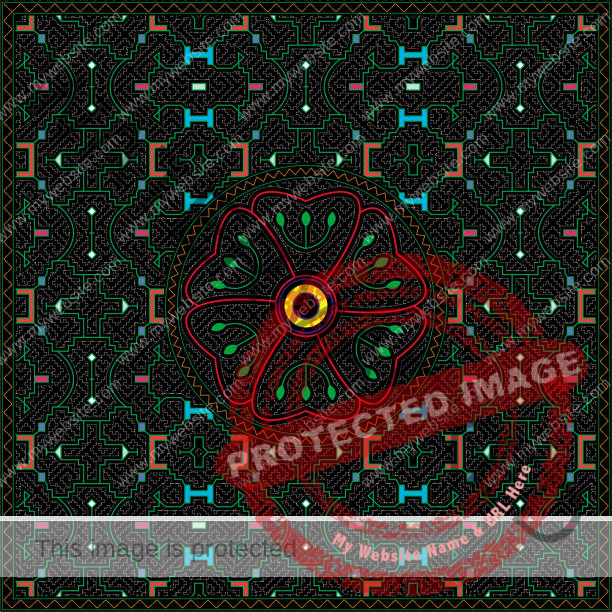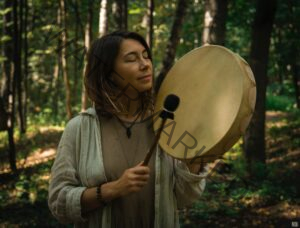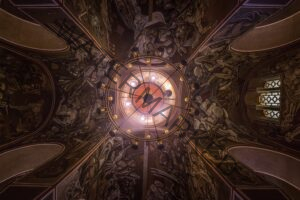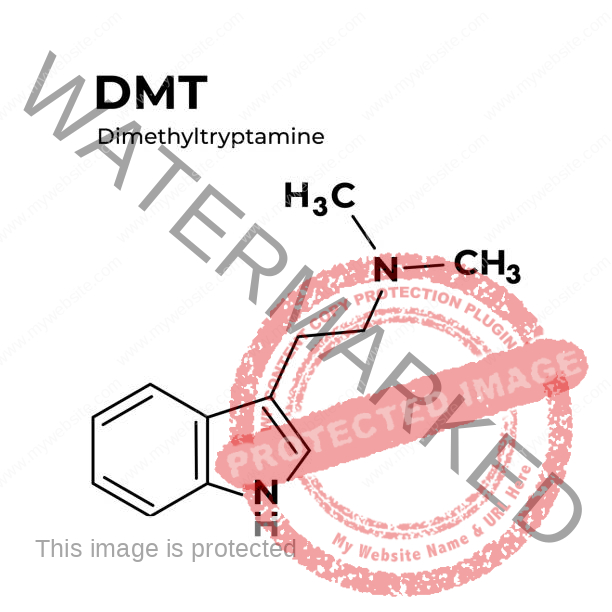
Ayahuasca vs DMT: the Similarities and Differences in Psychedelic Experiences
30 May 2023
Introduction
The realm of psychedelics has captivated human curiosity for centuries, offering profound insights and experiences beyond our ordinary perceptions of reality.
Among the many psychedelics available, Ayahuasca and DMT stand out for their powerful and transformative properties. In this blog, we will delve into the similarities and differences between Ayahuasca and DMT, shedding light on these entheogens and their effects on consciousness. For information on the differences between ayahuasca and ibogaine or psilocybin click the hyperlinks.
Ayahuasca: A Sacred Brew
Origins and Cultural Significance
Ayahuasca, often referred to as “the vine of souls,” has been used for centuries by indigenous tribes in the Amazon rainforest for spiritual, healing, and visionary purposes.
It holds immense cultural significance and is deeply intertwined with traditional Amazonian medicine practices and shamanic rituals.
Ingredients and Preparation
The Ayahuasca brew is made by combining the Banisteriopsis caapi vine with the leaves of the Psychotria viridis shrub. The vine contains harmine and harmaline, which are MAO inhibitors, while the leaves contain the potent psychoactive compound, DMT. The combination of these ingredients allows for the oral activation of DMT.
Ceremonial Setting and Shamanic Guidance
Ayahuasca ceremonies are typically conducted under the guidance of experienced shamans or facilitators who create a safe and supportive environment for participants.
The ceremonial setting, which may involve chanting, singing, and other rituals, plays a vital role in the Ayahuasca experience, promoting introspection, healing, and personal growth.
DMT: The Spirit Molecule
Natural Occurrence and Synthetic Forms
DMT, short for N,N-Dimethyltryptamine, is a naturally occurring psychedelic compound found in various plants, as well as in trace amounts in the human brain.
It can also be synthesised into a crystalline powder, which can then be vaporised or smoked to induce an intense and short-lived psychedelic experience.
Recreational Use and Solo Exploration
Unlike Ayahuasca, DMT is often consumed in a more casual or recreational setting, without the elaborate rituals and ceremonial practices. Some individuals choose to explore DMT on their own, seeking personal insights and experiences in a self-guided manner.
Chemical Similarities and the Role of DMT
DMT as the Key Psychoactive Compound
Both Ayahuasca and DMT share the presence of DMT as their primary psychoactive component.
DMT acts on serotonin receptors in the brain, particularly the 5-HT2A receptors, leading to altered states of consciousness and profound visionary experiences. It is believed that DMT plays a crucial role in facilitating spiritual and transcendent experiences.
Synergistic Effects of Ayahuasca Components
Ayahuasca, in addition to DMT, contains harmine and harmaline, which are MAO inhibitors. These compounds allow DMT to be orally active, as they inhibit the enzyme responsible for breaking down DMT in the digestive system.
This interaction between DMT and the MAO inhibitors in Ayahuasca results in a prolonged and immersive psychedelic experience compared to smoking pure DMT.
Duration and Intensity of Experience
DMT: The Intense and Short-Lived Journey
When DMT is smoked or vaporised, the effects are immediate, often peaking within a few minutes and lasting around 15-30 minutes.
The intensity of the visual and auditory hallucinations during a DMT trip is often described as unparalleled and incomparable to any other psychedelic experience.
Ayahuasca: The Extended Exploration
In contrast, Ayahuasca ceremonies typically last several hours, with the effects gradually building up over time.
The extended duration of the Ayahuasca experience allows for deep introspection, emotional release, and a more profound connection with the self and the surrounding environment. It offers participants an opportunity for inner exploration and healing that is often not possible within the shorter duration of a DMT trip.
Healing and Spiritual Transformation
Ayahuasca: Healing the Mind, Body, and Soul
Ayahuasca has been used in traditional Amazonian medicine for healing physical, emotional, and psychological ailments.
The immersive Ayahuasca experience can bring repressed memories and emotions to the surface, offering an opportunity for catharsis and emotional healing. It is often regarded as a sacred teacher and a gateway to spiritual growth.
DMT: Catalysing Personal Growth
DMT, while often associated with intense visual hallucinations, can also be a catalyst for personal growth and spiritual transformation.
The short-lived nature of the DMT trip necessitates integration work afterward, as individuals process and integrate the insights and lessons gained during the experience into their daily lives. It can provide profound moments of self-reflection and expanded perspectives.
Conclusion
Ayahuasca and DMT are two powerful entheogens that provide unique and profound psychedelic experiences. While they both contain the psychoactive compound DMT, the differences lie in the duration, intensity, and ceremonial context of their usage.
Ayahuasca ceremonies offer a longer and more immersive experience with the guidance of experienced facilitators, promoting healing, introspection, and personal growth. DMT, on the other hand, provides an intense and short-lived experience that can serve as a catalyst for personal transformation.
Ultimately, the choice between Ayahuasca and DMT depends on individual preferences, intentions, and readiness to undertake a transformative journey. Whether one chooses the ceremonial and communal setting of Ayahuasca or the intense and introspective nature of DMT, these psychedelics have the potential to open doors to profound insights, spiritual growth, and a deeper understanding of the nature of consciousness.
Remember, regardless of the path chosen, it is essential to approach these substances with respect, reverence, and a mindset focused on integration and personal growth.

Shipibo Conibo patterns high details Artwork for Embroidery
Keywords: Ayahuasca VS DMT, Ayahuasca, DMT, psychedelic experiences, similarities, differences, vine of souls, N,N-Dimethyltryptamine, ceremonies, hallucinations, healing, spiritual transformation.









